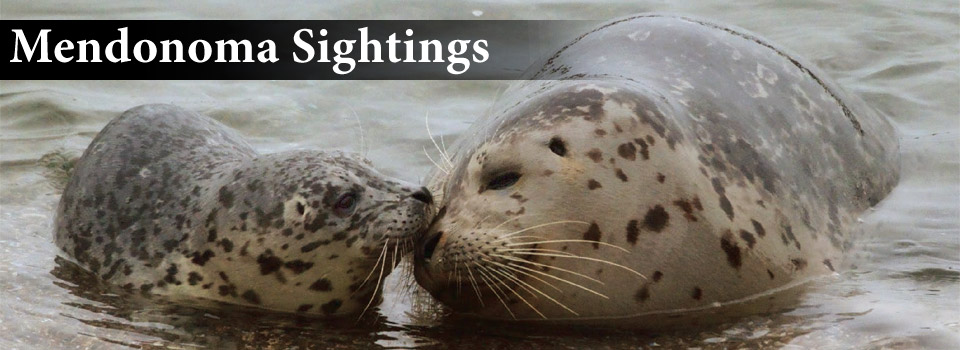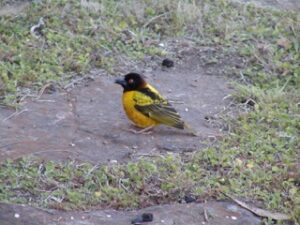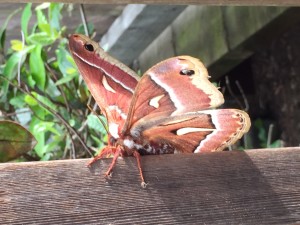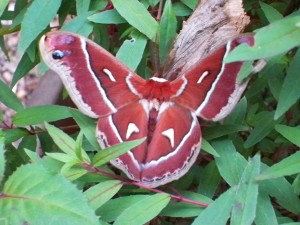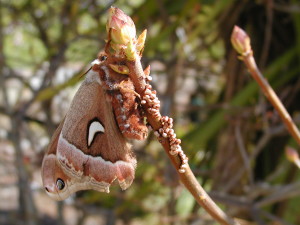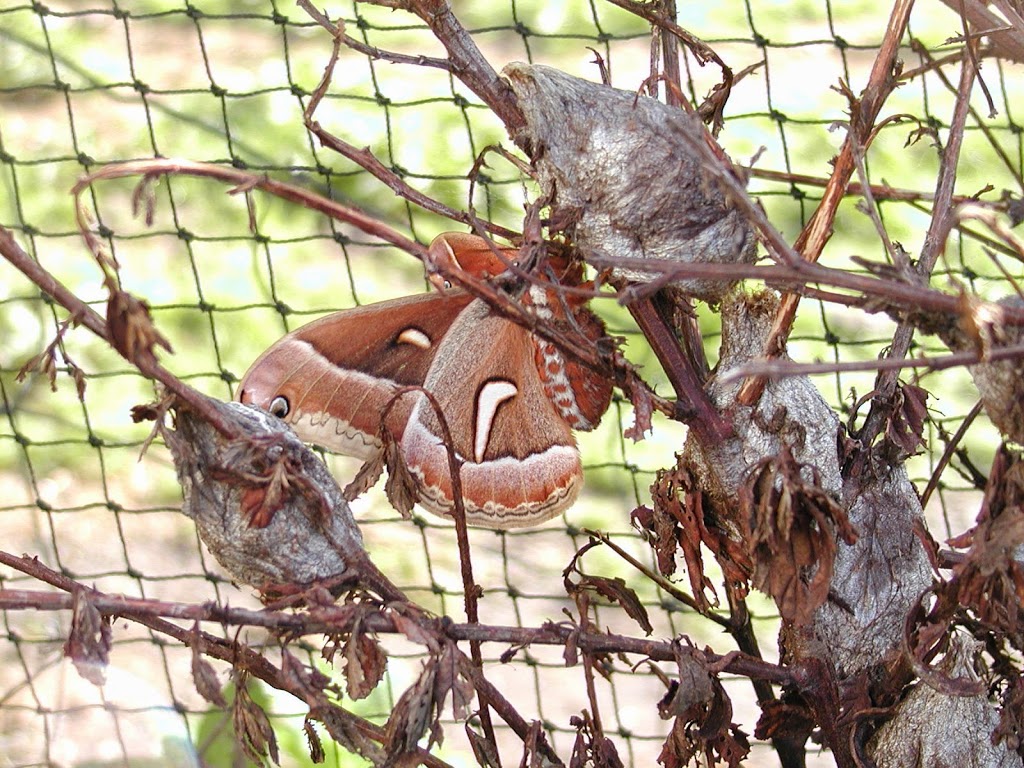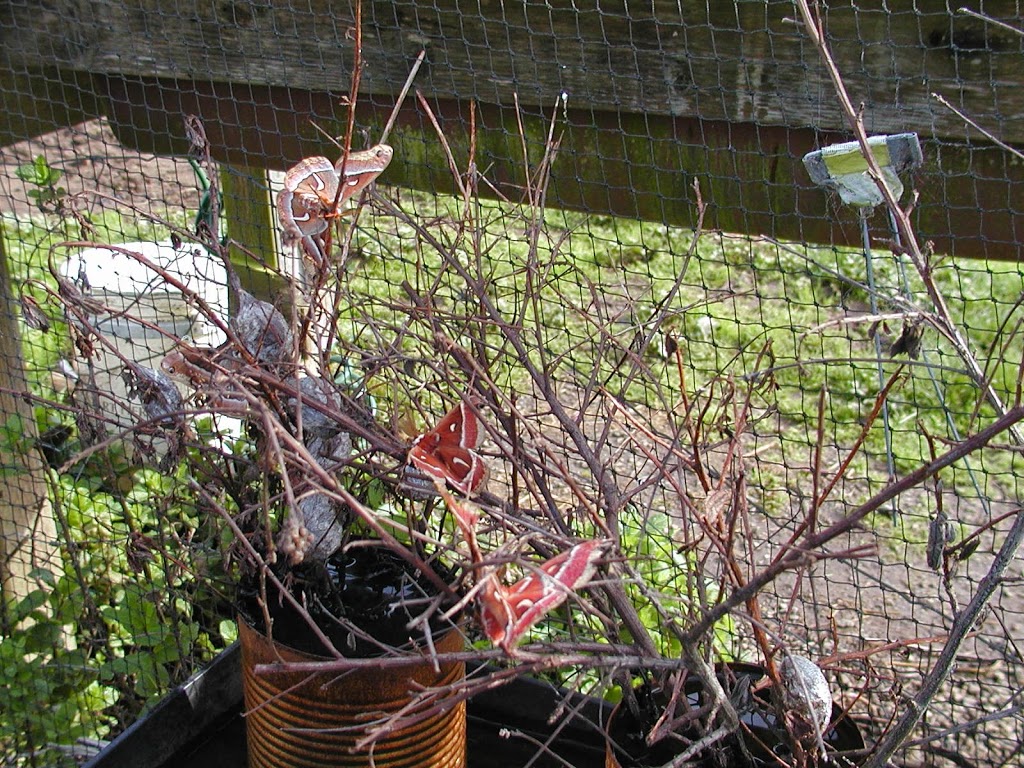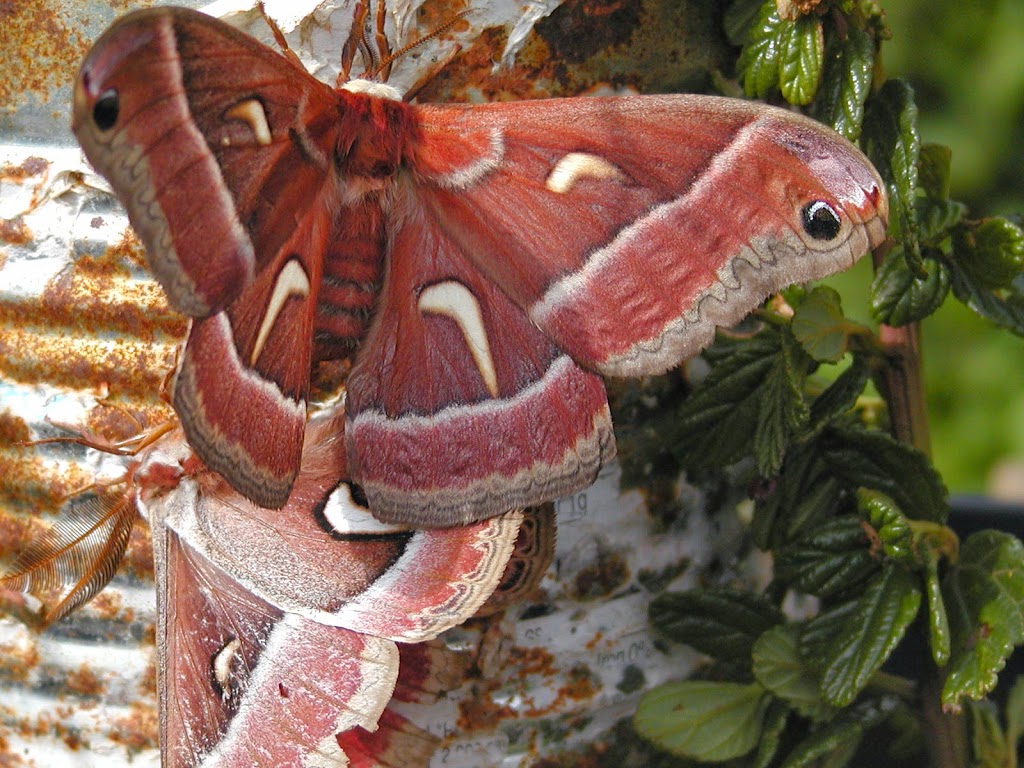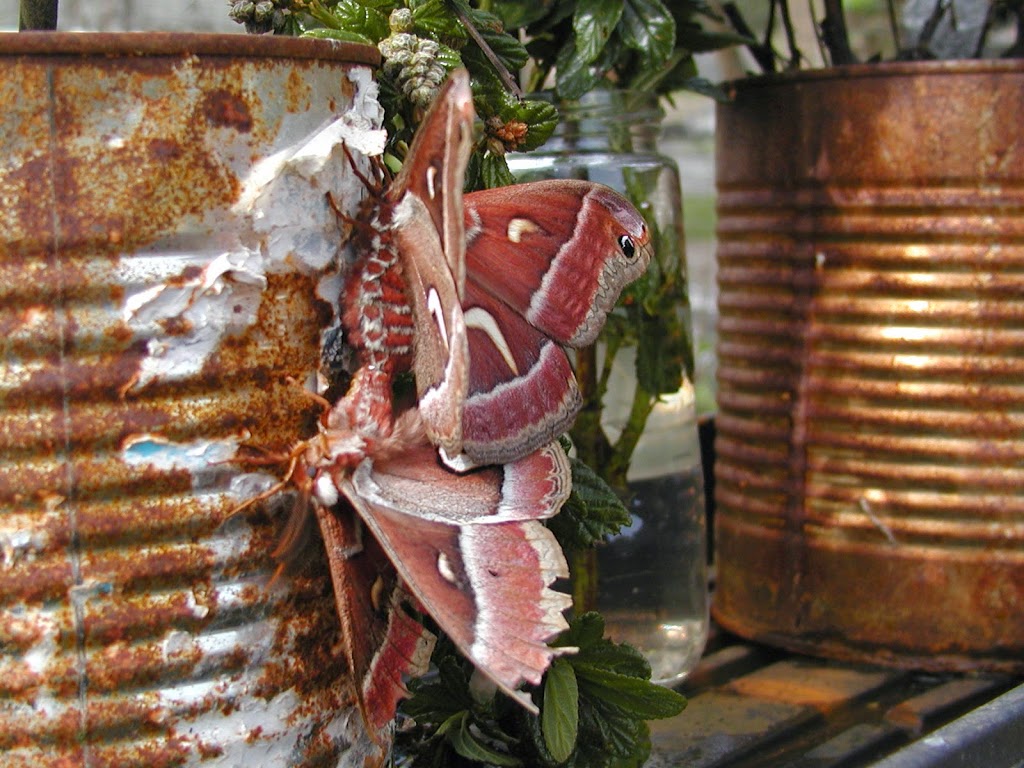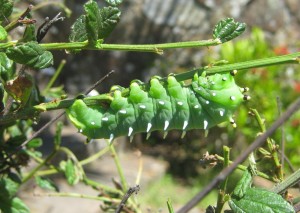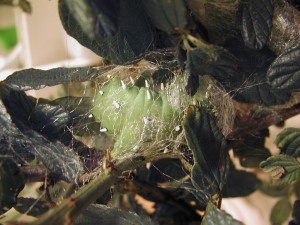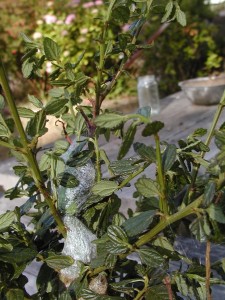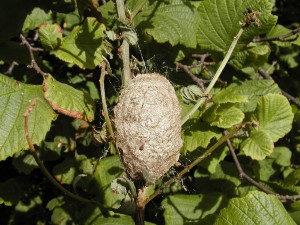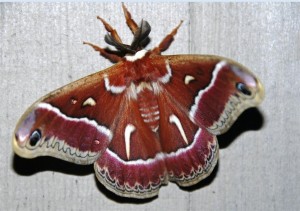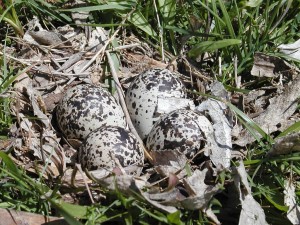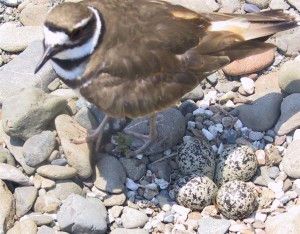Last month Jerry Rudy photographed this Village Weaver in Timber Cove. His daughter, Susan Rudy, wrote, "For the second year in a row we’ve had a beautiful male, non-native bird - Village weaver (Ploceus cucullatus) also known as the spotted-backed weaver or black-headed weaver at Stillwater Cove - foraging around our buildings. This species is native to Sub-Saharan Africa."
"Last year it appeared alone, and seemed to be feeding on spiders on windows. This year, it came through with a flock of mixed blackbirds: Red-Wing and Brewer's. It appeared to be moving north with the group. It is a brilliant yellow bird, with a black cowl and a bright red eye. It is not particularly wary of people, so I assume it’s an escapee from someone’s aviary. Keep an eye out."
I did not receive another sighting of this bird, but perhaps you will see him!
Thanks to Jerry for allowing me to share his photo with you here.
We got a little rain today, Saturday, not much, but rain is always welcome. It's quite balmy and still.
